Reviewing Every Fujifilm X100 Camera Ever Made
When the Fujifilm X100 first hit the market it took the world by storm. A pocket-sized camera with stellar good looks and a retro-inspired control scheme, it was instantly coveted by photographers aplenty. We wanted to take a retrospective look at the X100 series from the beginning and give you the low-down on the upgrades and quirks over the years.
For this project, I, Chris Niccolls, would shoot the X100, X100T, and X100V while Jordan Drake would shoot the X100S, X100F, and X100VI. I was excited to try out the old cameras again as the X100 was one of the first cameras I officially reviewed in my career; now I had a chance to learn about the whole series all over again.
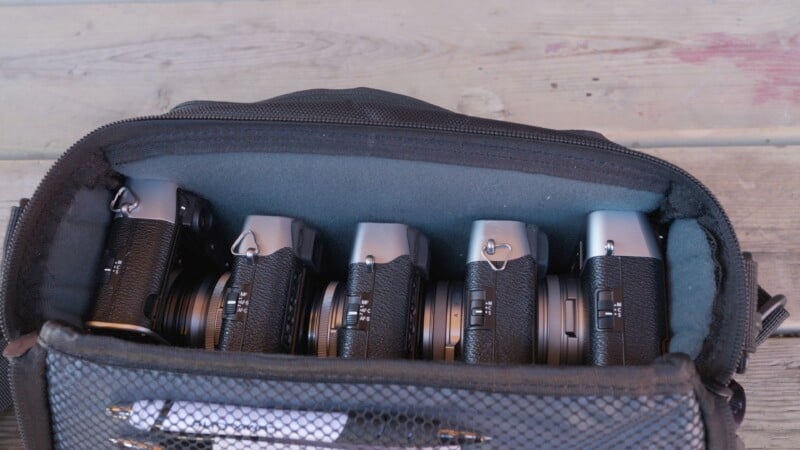
In the Beginning Was the Fujifilm X100
Needless to say, sales for the Fujifilm X100 exploded. The camera was popular for good reason, too. The X100 featured a fast 23mm f/2 lens which gave a universally loved 35mm full-frame equivalent focal length coupled with a 12-megapixel APS-C sized sensor that rivaled the image quality from many high-end DSLRs at the time.
Most importantly though, the X100 blended the new and the old to create a timeless classic. Its optical viewfinder brought all the charm of a Leica rangefinder but provided a digital overlay that showed autofocus, metering, parallax-corrected framing, and more. Couple all this with tactile shutter and aperture controls and the X100 was destined for greatness.

Perhaps the most compelling reason that made anyone instantly fall in love was the stunning design. It’s rather telling that although the subsequent cameras got slightly larger and more refined, the overall looks and feel of this line remain largely unchanged even today.
But the X100 was not without its quirks and pitfalls. When the camera first hit store shelves, it was plagued by unfinished firmware and poor autofocus performance. I was fortunate enough to get my hands on a fully updated X100 in this revisiting of a classic, but some issues remain.
The X100 featured a built-in leaf-style shutter which could go up to 1/4000 second. However, at wider apertures the shutter would only go to 1/1000 second which is counter-productive when you want to hold back extra light instead of letting more in. Fujifilm provided a solution to this by adding a three-stop ND filter which was elegantly incorporated into the camera body. This could be easily turned on and off providing the light control when needed.
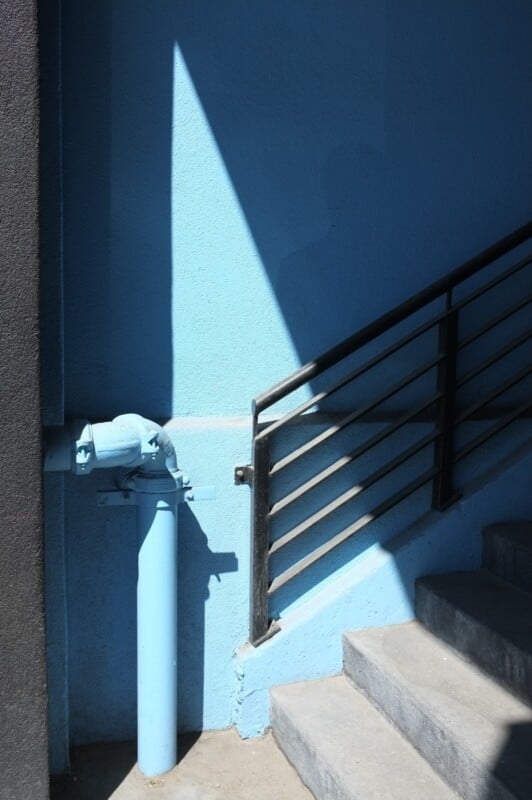
Unfortunately, the autofocus performance never really improved despite multiple firmware updates and successfully tracking fast-moving subjects was a lesson in futility. There was also a lack of customizable buttons on a camera which desperately needed them and the back dial and menu button would always trigger or change a setting at the worst time. I also don’t believe that the exposure compensation dial ever stayed at the chosen setting for very long at all. You can still find used X100 cameras today but unless you want a piece of history or tend to shoot in a more slow and conservative pace, I think there are better choices for the money. Clearly, the X100 needed an upgrade to iron out some kinks.
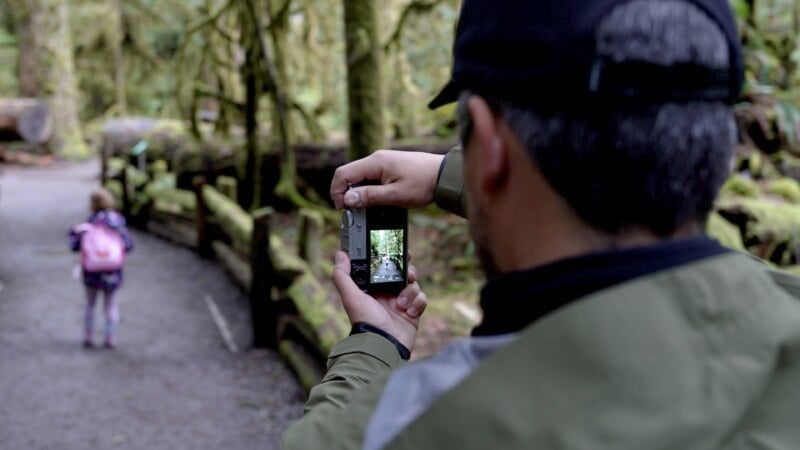
The First of Many Upgrades: The Fujifilm X100S
Alright, it’s Jordan here to write about my experience with the Fujifilm X100S, and back in 2013, it seemed like a massive upgrade over the original. It moved from a 12-megapixel Bayer to the 16-megapixel X-Trans sensor first seen in the X-Pro1. The EVF resolution jumped up to an actually usable 2.36M dots (1,024 X 768) and the addition of phase-detect autofocus to the sensor meant performance should have been much more confident and reliable.
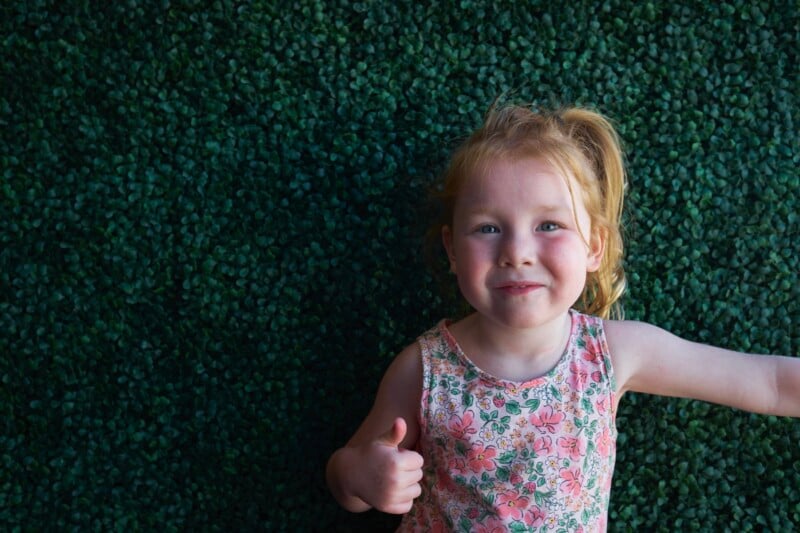
My experience shooting with the X100S over a decade after its release was an exercise in frustration. The LCD was barely visible even during cloudy days, so I relied almost exclusively on the hybrid EVF. My biggest irritation, though, was with the autofocus. Often even with a contrast-y subject clearly separated from the background, the X100S would refuse to focus and give me the dreaded red box. Even more frustrating, though, were the occasions when I saw an AF confirmation green box only to review the images and find them completely out of focus.
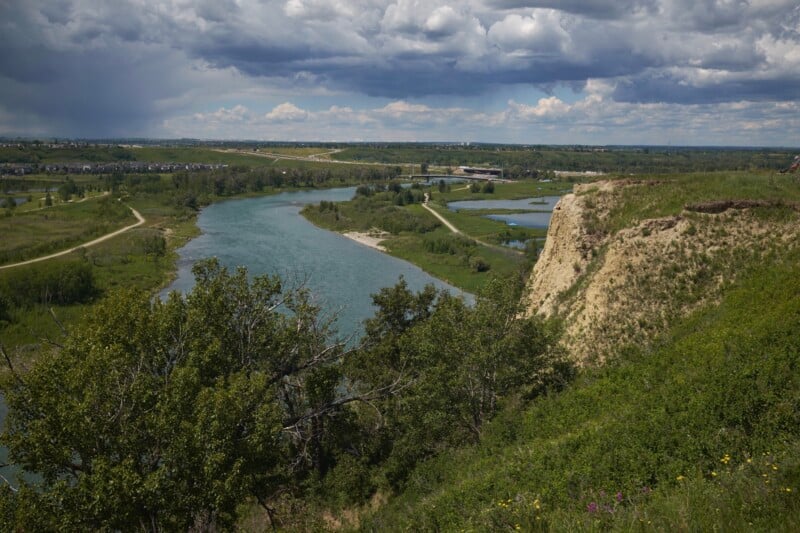
I would have a really tough time recommending the X100S in 2024. The forthcoming X100 models made huge improvements to usability and feel far less dated than the second model.
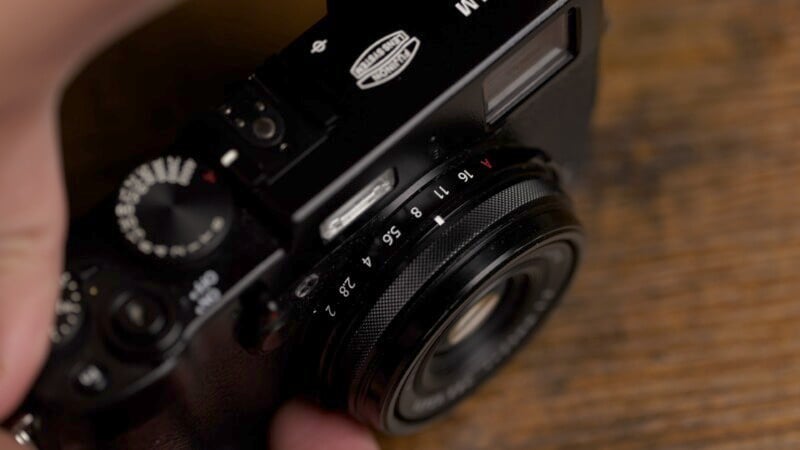
A Major Overhaul: The Fujifilm X100T
Cue the Fujifilm X100T which stands for “third” in the series. The X100T went in some bold directions to try and modernize the system and the first major change was to add a pop-up mini digital display when using the optical viewfinder. This would allow you to preview exposure and white balance while still using the OVF and could be raised and lowered with the flick of a switch. This approach was novel and did work but I found it largely distracting in use and it just made me want to rely on the EVF entirely, instead.
Fujifilm also added a fully electronic shutter which could go as high as 1/32000 second. This made the built-in ND filter mostly unnecessary when shooting in bright conditions. That said, the camera did suffer from a loss of dynamic range and nasty rolling shutter issues.
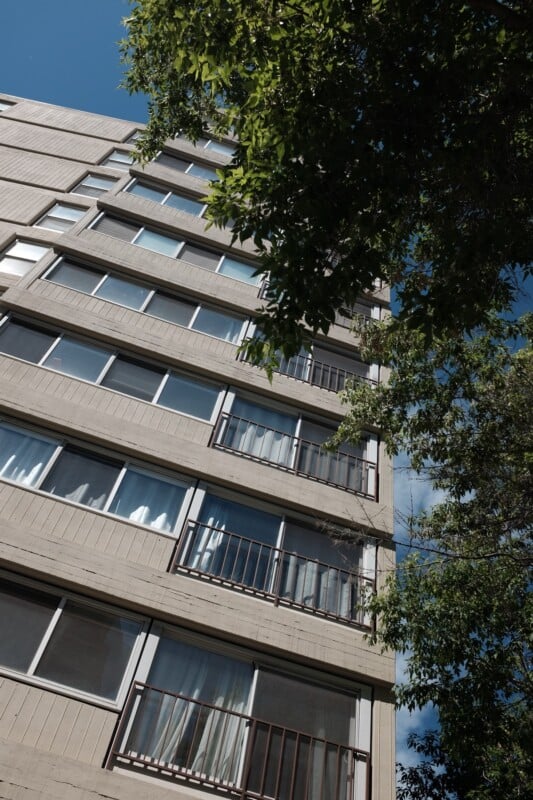
Some other thoughtful quality-of-life improvements were an aperture ring that finally gave third-stop increments of control and a better three-inch, 1.04-million dot EVF. The X100T also added the Classic Chrome film simulation mode which was intended to mimic Kodachrome, and USB charging of the battery in-camera.
It could be worth trying out the X100T if you find a good deal as the controls are much improved over the earlier cameras. However, the autofocus performance was still lackluster and the 16-megapixel X-Trans sensor was about to get a big boost.
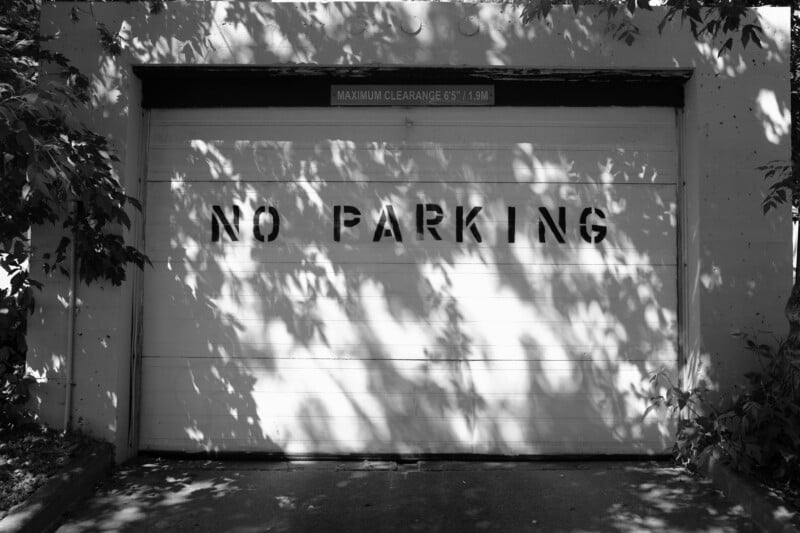
Fourth Time’s a Charm: Fujifilm X100F
Now we’re really getting somewhere! 2017’s Fujifilm X100F saw a resolution bump to 24 megapixels through an X-Trans sensor. Importantly, there were far more phase-detect pixels on the chip, making it much easier to precisely choose your subject. To assist with that task, an AF joystick was introduced. The X100F also saw the addition of a front control dial so you could bypass the physical dials and adjust exposure like a DSLR. Physical dial aficionados saw some improvement as well, with an ISO control wheel embedded in the shutter speed dial.
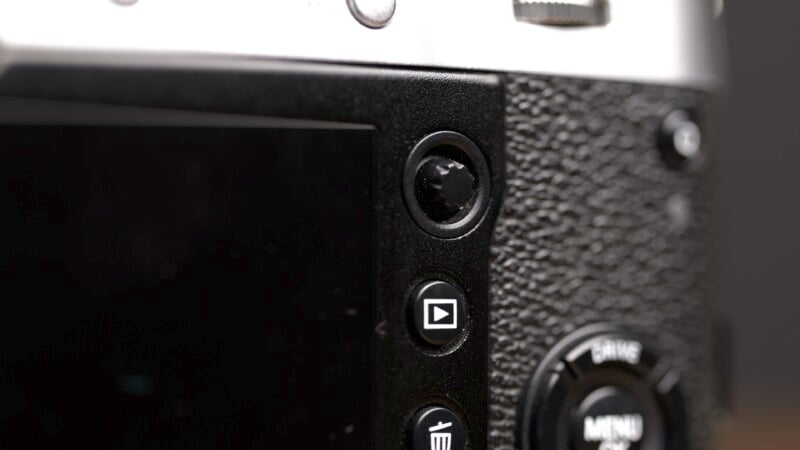
I had a great time using the X100F on my family vacation to Vancouver Island. While C-AF and face detection could struggle, I had great success using the focus-recompose technique in S-AF mode. The dual dial layout gave me plenty of options to customize my controls, and the interface was finally very responsive. One thing was made apparent, though: the original Fujinon 23mm f/2 lens was the camera’s limiting factor. Even stopped down, it struggled to resolve 24 megapixels worth of detail.
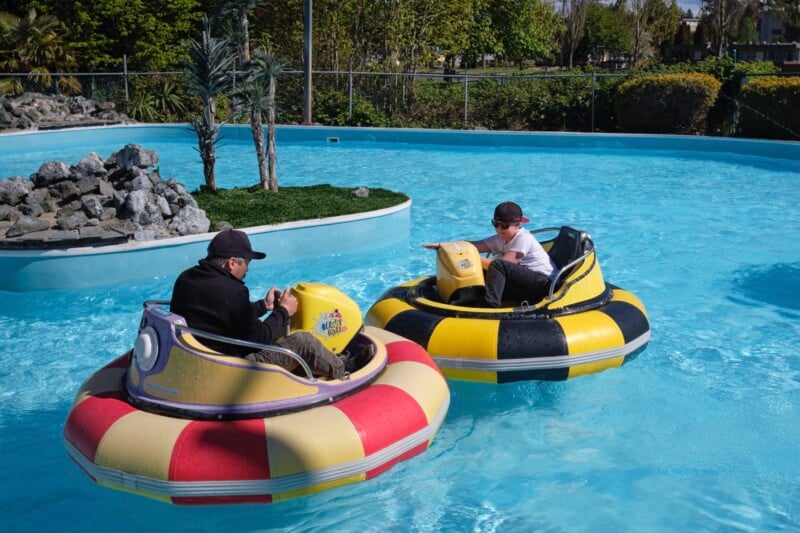
If you can find an X100F for a good price, and don’t rely on C-AF, the X100F is an extremely fun camera to use, and the oldest X100 I would actually consider picking up today.

The First X100 Camera I Fell in Love With: The Fujifilm X100V
I will be the first to admit that I never quite jumped on the whole X100 bandwagon. In fact, I even poo-pooed the cameras as fairly rigid and restrictive and I never liked the lens field-of-view. That all changed when I first reviewed the Fujifilm X100V as I found myself pleasantly surprised at how much I was enjoying the experience of using one. And it wasn’t just me because, to this day, the X100V is still in huge demand, easily exceeding global production for years. A big part of the appeal is the latest 26-megapixel sensor which gives an ideal compromise between image quality and video capability. The lens was also redesigned to be sharper overall for the higher resolution sensors and particularly better in close-up shots too.

The built-in ND filter was strengthened to four stops of light loss and finally, we had a better 3.69-million dot EVF. I never really enjoyed using any of the X100 series OVF displays so to have a new, sharper EVF was a big upgrade for me. The back panel also became a touch-screen that tilted out of the body for high and low-angle shots. The X100V also stepped up autofocus in a big way with decent tracking AF and far more effective face/eye detection autofocus.
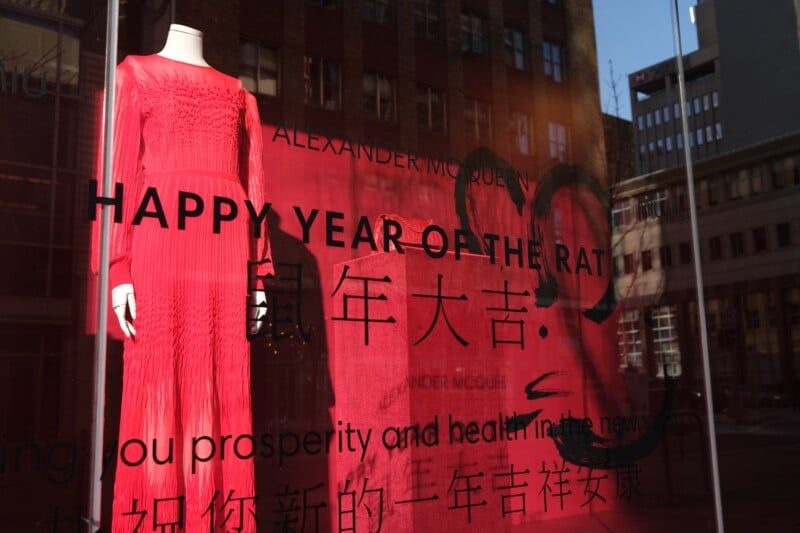
Video performance was excellent and now featured 4K record modes and a whole plethora of Fujifilm Film Simulation profiles for both photos and videography. Even with the introduction of a newer model to replace the X100V, demand is still off the charts in a way that we may have never seen before in a camera.
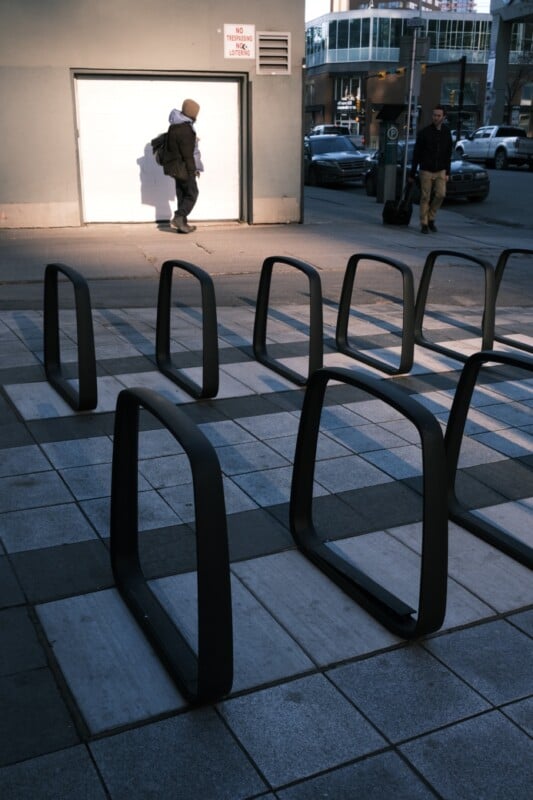
The Legend Continues: The Fujifilm X100VI
With a substantial gap between releases, the X100VI finally arrived in 2024 with the impressive 40-megapixel X-Trans sensor. I was expecting that, but not the inclusion of an IBIS unit which makes it possible to handhold long exposures. The X100VI also includes the latest autofocus algorithms including subject detection and an impressive list of video recording modes.
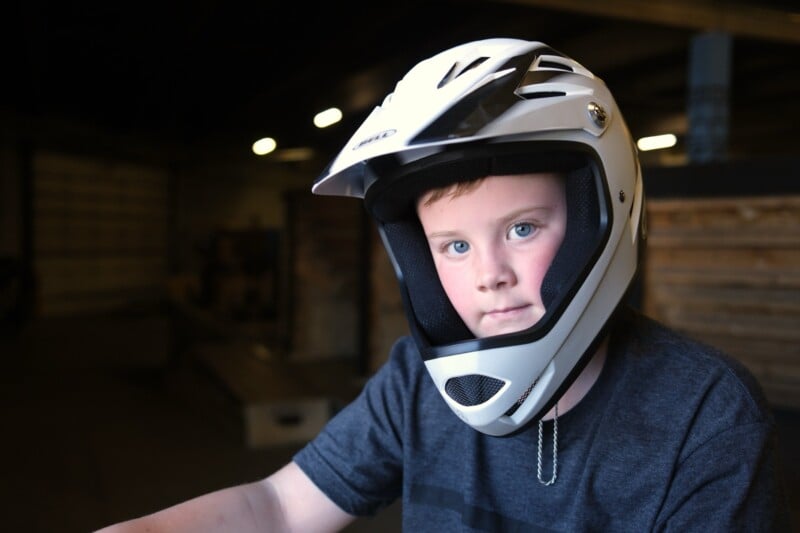
The X100 VI is a joy to use, and a camera that I continue to waffle about purchasing. The image quality is truly lovely and I appreciate the extra cropping room 40 megapixels provide. The autofocus is very accurate, even at my daughter’s birthday party with a dozen kids running around. The discreet styling of the camera allowed me to capture truly candid moments I rarely get with my intimidating-looking larger mirrorless cameras.
I also loved the experience of filming in San Francisco with the camera a few months ago, it was a pleasure to be able to slide my primary video camera into a jacket pocket while still capturing excellent results.
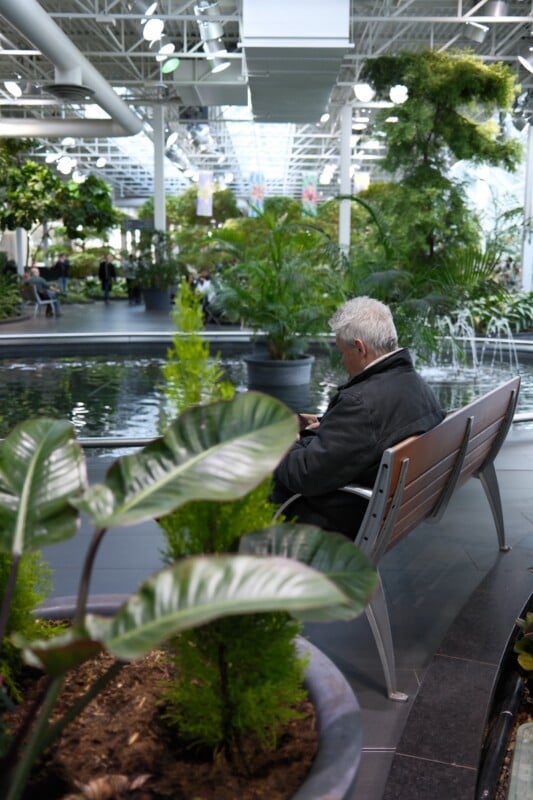
I think this combination of features justifies the X100 VI’s higher price. The real question is if you can actually acquire one. Wait lists are expected to take months if not years for orders to be filled. Having shot with the X100VI for a short while though, I can certainly see why demand is so high.
The X100 Series is Fujifilm’s Legacy
The X100 series will always be looked upon as a shining example of excellent camera design and, more importantly, a camera system that is truly loved by its users. There is no denying that Fujifilm has played a big part in the popularization of the pocket camera and is a success story that many other manufacturers must look at with jealousy and respect.
There is a healthy used market for X100 cameras and the experience of using one of these cameras is within reach of most photographers. Hopefully, our video and article can help you to decide which model would best suit you or whether it is worth getting on the waiting list for the latest models. Regardless, one of the main reasons we do photography is to have fun and the X100 cameras are purpose-built to bring a smile to a photographer’s face.
Thanks to KEH for loaning us the X100, X100S, X100T, X100F, and X100V for the purposes of this review. Thanks to The Camera Store for loaning us the X100VI.